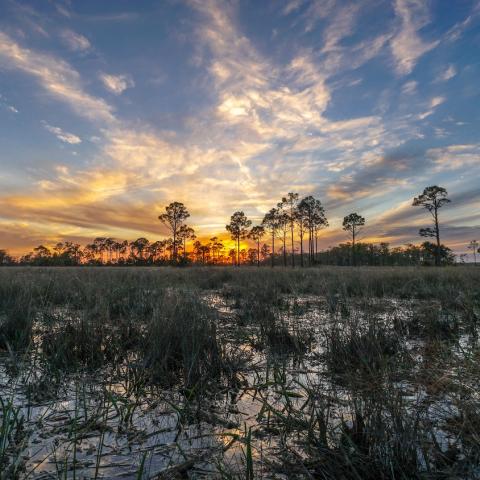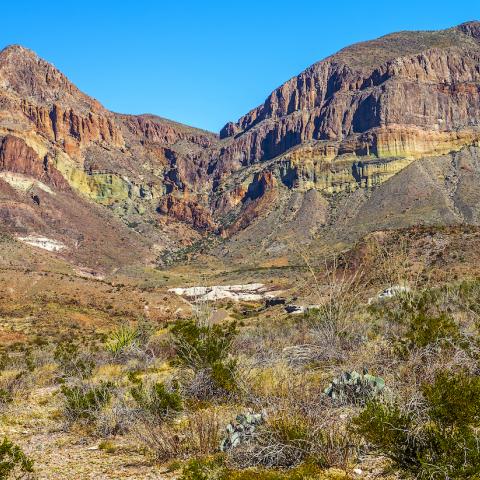
Prescribed burn at Big Bend National Park / NPS
A National Park Service plan has been finalized to protect the natural and cultural resources of Big Bend National Park from the harmful effects of nonnative plants, such as African buffelgrass, Lehman lovegrass, and tamarisk (saltcedar).
“Non-native plants crowd out native species, alter wildland fire behavior, and diminish water quality and quantity in Big Bend’s desert ecosystem," park Superintendent Bob Krumenaker said. "This plan provides the framework to control exotic plants using a variety of techniques in order to protect and preserve park resources.”
The Park Service will use an integrated approach to protect park resources and manage exotic plants. In addition to activities that already occur at Big Bend related to exotic plants, the Park Service will add aerial assistance for monitoring and data-gathering; aerial application of herbicides; additional manual/mechanical treatments at select sites; additional herbicides and additives; and expanded scale and application of prescribed fire.
As required by the National Environmental Policy Act, the document and associated Environmental Assessment was made available in September 2018 for a 30-day public review and comment period. Substantive comments were considered in finalizing the document.
Acting Intermountain Regional Director Kate Hammond signed the decision document, a Finding of No Significant Impact, on December 17. The plan, Environmental Assessment, and decision document are available at http://parkplanning.nps.gov/BIBE.




 Support Essential Coverage of Essential Places
Support Essential Coverage of Essential Places







Add comment